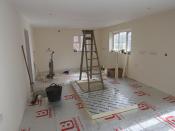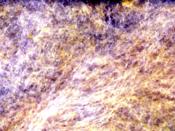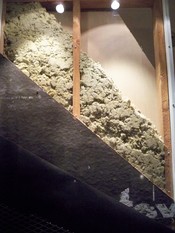Heating and cooling account for 50 to 70% of the energy used in the average American home. Using energy efficient insulation is one of the fastest and most cost-efficient ways to use a whole house approach to reduce energy waste and save money. A good insulation system includes a combination of products and construction techniques that if used correctly, can make the air in your home cleaner, keep the home warm, and control moisture. By properly insulating your home, you can also save 30% on your heating and cooling bill.
There are four main types of insulation - batts or rolls, loose fill, rigid foam boards, and contractor applied foam. All different types are made to fit in a different area of the home. Batts are made to be placed between studs in the wall. They are also placed between the rafters of your ceiling or floor. Batts are usually made with fiberglass (made from sand and recycled glass) or rock wool (made from basaltic rock and recycled material from steel).
Rolls, also called blankets, are used in the attic floors. Rolls are most common type of fiberglass insulation. Batts and rolls have an R-value of approximately 3.2 per inch and cost between 1.8 and 2 cents per square foot.
Loose fill insulation is more of a liquid form of insulation and can be blown into the attic or walls. It is made out of fiberglass, rock wool, cellulose, or cotton. The R-value of loose fill insulation ranges from 2.2 to 3.7 per inch. Loose fill insulation varies in thickness and is relatively cheap to apply costing between 1.6 and 2 cents per square foot.
Rigid foam boards are a type of insulation that is not fluffy like usual insulation, but is hard or stiff. It is made out of...


